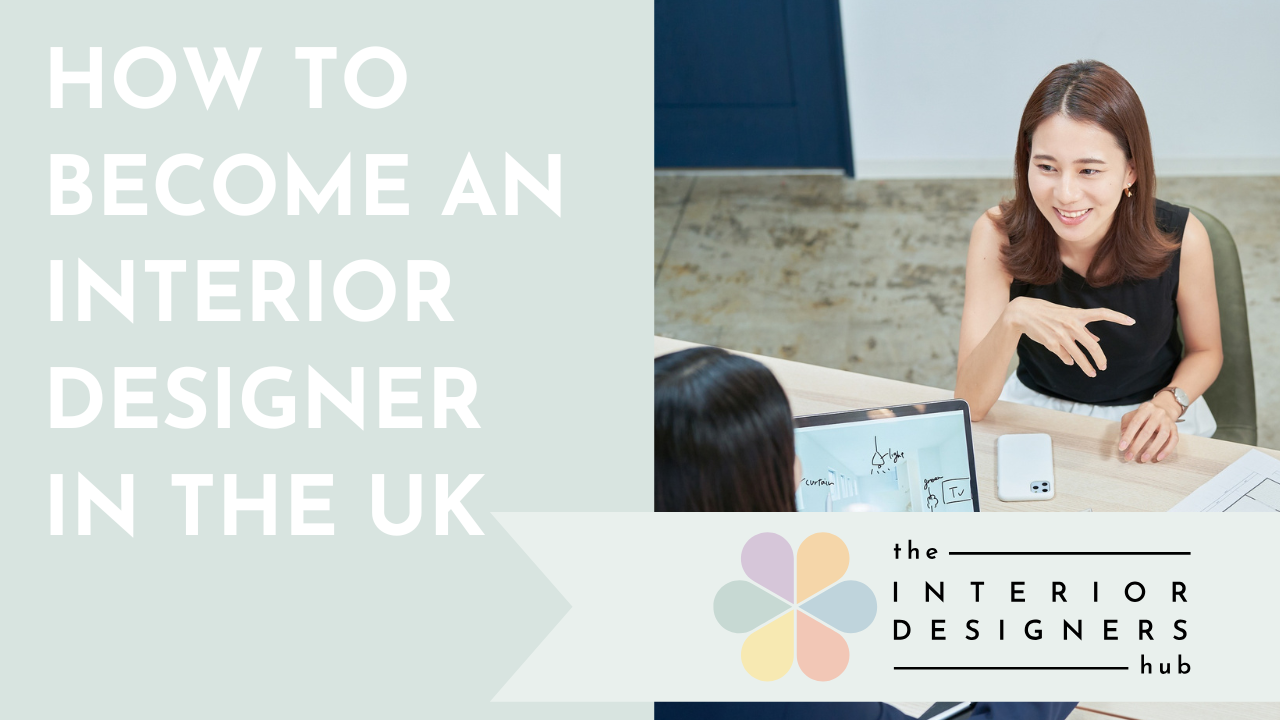The Secret to Creating a Killer Interior Design Proposal

When I first started out in business, I kept hearing people bang on about interior design proposals. Honestly, I hadn’t the foggiest idea what they were talking about. What even is a design proposal? Why do I need one? And how, exactly, was it supposed to help me?
If only I’d known back then just how much power a well-crafted proposal holds to shape the entire client experience and set projects up for smooth sailing! But we all start somewhere, don’t we? And figuring it all out is part of the fun… sort of.
So, What Is a Design Proposal Anyway?
A design proposal isn’t just a boring list of services or a polite fee estimate. Think of it as your project’s roadmap. It’s the ultimate tool for laying out your vision, showcasing your style, and setting clear expectations from day one. It’s your chance to make a brilliant first impression and show your client that you’ve got everything under control (even if, behind the scenes, you’re still hunting for the perfect lamp).
It’s also a boundary-setter, your secret weapon against dreaded scope creep (you know, when “just one more thing” somehow turns into an entirely new project). And trust me, that alone makes it worth its weight in gold.
Why Every Designer Needs a Proposal
A great proposal isn’t just about wowing your client—it’s about protecting your time, your energy, and let’s be honest, your sanity. It keeps everyone on the same page, creates transparency, and ensures you’re both aligned on the project’s goals from the get-go.
But it’s not just a practical document. It’s also a showcase of your professionalism and creativity. A polished, tailored proposal screams, “I’ve got this,” and reassures your client that they’re in good hands. Clients love a designer who makes the process look effortless (even when we all know it’s anything but).
The Must-Have Ingredients of a Winning Proposal
So, what makes a design proposal shine? Here are the essentials:
1. Introduction:
Start with a project overview that grabs their attention. Highlight your client’s needs and explain how you’ll bring their vision to life. Think of it as the “hook” that gets them excited about working with you.
2. Design Concept:
Give them a peek at your creative vision with concept boards, sketches, or mood ideas. This helps your client visualise the project’s direction and ensures you’re both on the same page when it comes to style and feel.
3. Scope of Work:
Break down the services you’ll provide, phase by phase. Be specific—if you’re sourcing furniture or liaising with contractors, say so. Don’t forget to mention what’s not included to avoid any awkward surprises later.
4. Timeline:
Lay out a suggested timeline for the project, with milestones for each phase. Clients love knowing when things will happen, and you’ll love having a plan to keep you on track. (Save the nitty-gritty timeline details for when the project is a go!)
5. Budget Breakdown:
Be upfront about costs. Whether it’s a flat fee or an hourly rate, outline your pricing structure and payment terms clearly. Nobody likes unexpected costs—least of all your clients!
6. Terms and Conditions:
Not glamorous, but absolutely essential. Include payment terms, revision limits, cancellation policies, and anything else to protect both you and your client. And yes, you’ll want a lawyer to draft your contracts to make sure you’re covered. (Need one? Check out our lawyer-written contracts >here<).
Why It All Matters
At its heart, a design proposal is about making the entire process seamless and stress-free for your client while keeping you organised and protected. It builds trust, prevents confusion, and sets the tone for a successful project.
And here’s the thing: when your clients trust you, they’re not only more likely to work with you again—they’ll shout your praises from the rooftops. Hello, dream referrals!
Need more tips like this to level up your design business? Join Hub Insiders, our community for interior designers looking for training, mentorship, and all the support you need to thrive. Click >here< to check it out! 🎉
Not sure how to set up and run your own business?
👇 Grab our step by step roadmap and stop guessing! 👇
By submitting this form you consent to receiving marketing emails. You can subscribe at any time.









